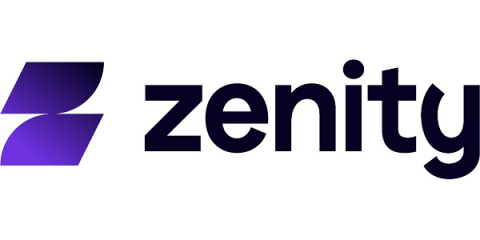Cybersecurity in the Low-Code Age: Emerging Threats and Protective Strategies
Low-code platforms have become a transformative force in the dynamic world of software development. They’ve democratized the designing, building, and deployment of software, which has had a ripple effect across entire industries. Today, with minimal coding expertise, users can craft innovative applications tailored to meet the needs of consumers and businesses alike. But the allure of low-code simplicity also creates a challenge.










